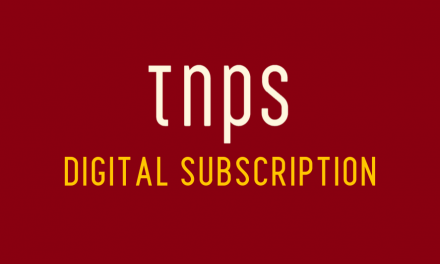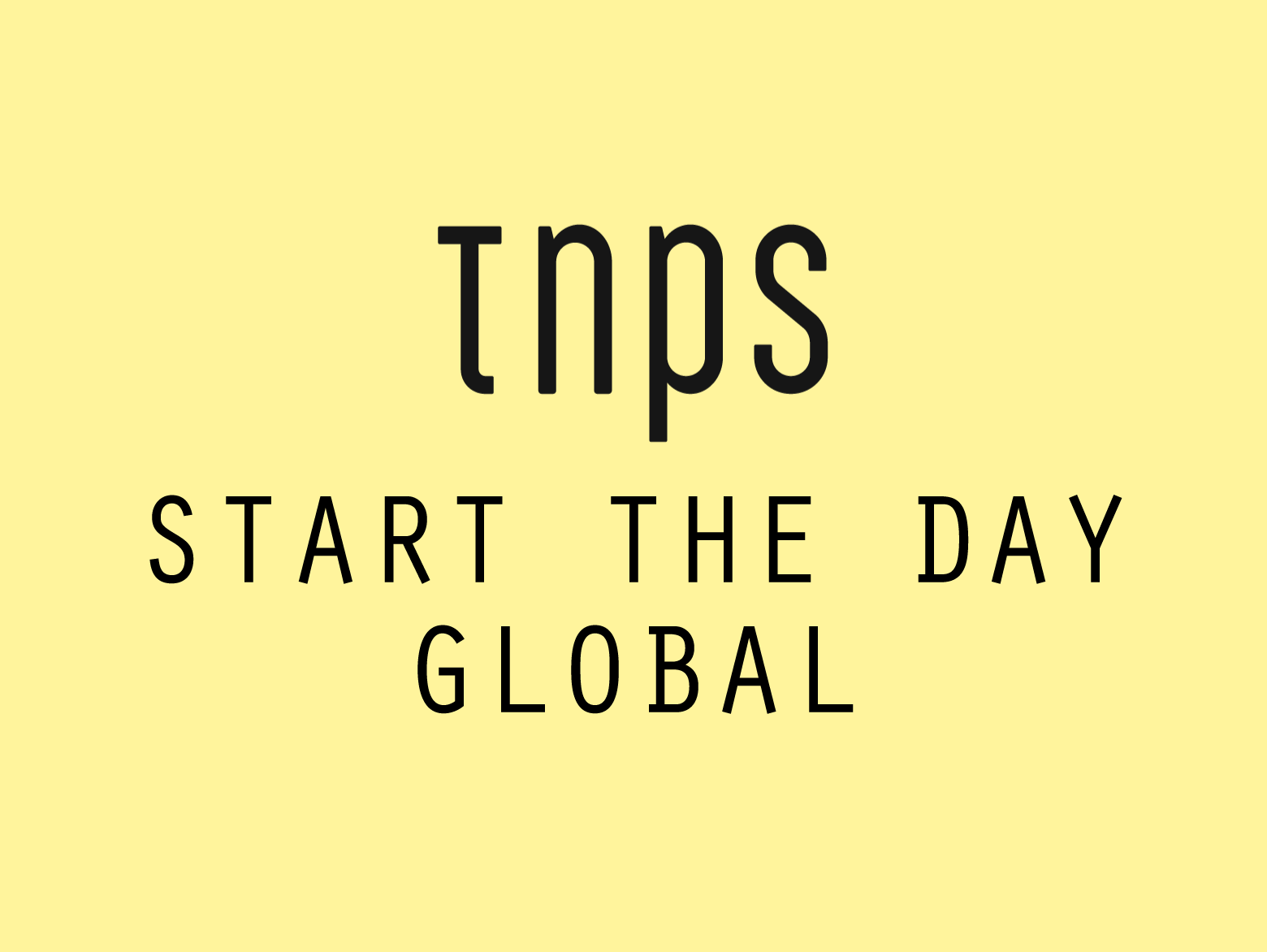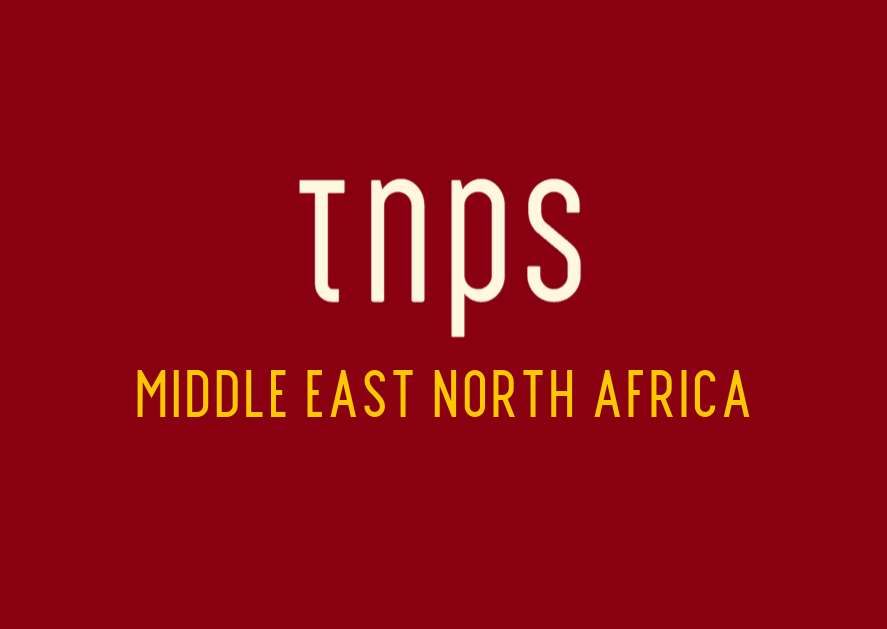Unnoticed and unremarked in the west, Nepal’s 22nd International Book Fair wound up on Saturday after a ten day event that drew a crowd of around 30,000.
That’s a disappointing turn out for a country of 30 million, but Nepal is a country where the population is thinly spread – only one city, Kathmandu, has a population over 1 million and bookstore are few and far between.
That’s not to say there is no demand for books, rather that supply and demand are somewhat mismatched, as one might expect in a mountainous country in the Himalayas.
At the book fair Jeevan Prada, Manbhawan branch manager of Ekata Books Distributors Pvt Ltd, said most of the families visiting the fair wanted to develop reading habits in their children by altering their habits of spending time with phones, tablets, computers and other electronic devices.
And here we have in a nutshell the fogged vision that is holding back literature in countries like Nepal.
For Prada, part of a print distribution operation, there is perhaps a certain self-serving logic to the view that “phones, tablets, computers and other electronic devices” are somehow the enemy of books and reading.
For the parents it’s more likely to be the simple reality that ebooks are all but unknown in Nepal. a country where the big western ebook retailers are notable only not for being there, and where the absence of ebook outlets mean there is no incentive to digitise books.
A classic chicken and egg dilemma for digital transition.
But what we should be in no doubt about here is the potential of digital in Nepal.
Just this week comes a report from Nepali Telecom noting that internet penetration in the country is now at 63% and is adding new internet consumers at the rate of 250 an hour.
In real terms that means the number of Nepalese online is currently just shy of 17 million.
And growing fast.
That’s equivalent to the entire population of the Netherlands, or four times the population of New Zealand, with lots of room for expansion.
Not a market to be sneezed at.
For book markets like Nepal, long hindered by the very real limitations of the analogue print model, digital represents an opportunity to reach readers in unprecedented numbers both at home and abroad.





